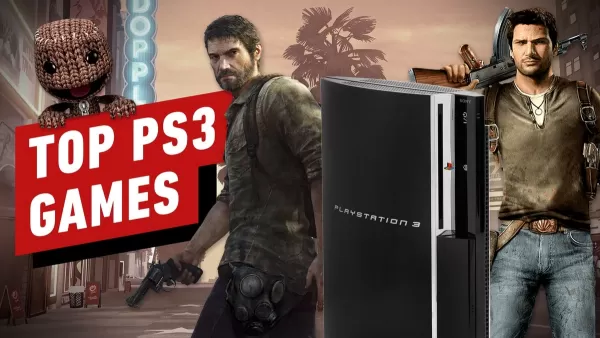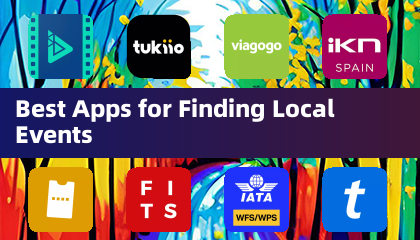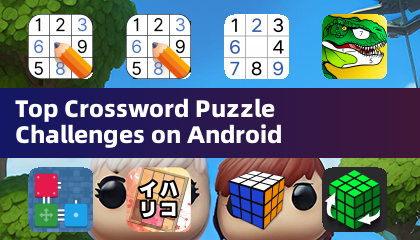Microsoft's foray into the handheld gaming market aims to seamlessly blend the strengths of Xbox and Windows. While specifics regarding the handheld console remain limited, Microsoft's commitment to mobile gaming is undeniable. The company's strategy focuses on enhancing Windows' handheld gaming capabilities, creating a more unified and user-friendly experience.
The burgeoning portable gaming sector, fueled by the upcoming Switch 2, the rise of handheld PCs, and Sony's PlayStation Portal, presents a compelling opportunity for Xbox. Although Xbox services are accessible on existing handhelds like the Razer Edge and Logitech G Cloud, a dedicated Xbox handheld is on the horizon, as confirmed by Microsoft Gaming CEO Phil Spencer. The exact release date and design remain undisclosed, but Microsoft's serious investment in the mobile gaming space is evident.
Jason Ronald, Microsoft's VP of Next Generation, hinted at further announcements later this year in an interview with The Verge. He emphasized Microsoft's approach of integrating the best of Xbox and Windows for a cohesive experience, addressing the current shortcomings of Windows on handhelds, such as cumbersome navigation and troubleshooting. The company plans to draw inspiration from the Xbox console operating system to improve Windows' functionality for joystick controls, a critical aspect often overlooked in the design of Windows.
This focus on enhanced functionality aligns with Phil Spencer's vision of making handheld PCs feel more like an Xbox, ensuring consistent experiences across different hardware. This could involve a revised portable OS or a first-party handheld device. Addressing current issues, such as the technical challenges faced by Halo on the Steam Deck, is a key priority. Improving the handheld experience for flagship franchises like Halo would significantly advance Microsoft's position in the market. Further details are expected later this year.


 LATEST ARTICLES
LATEST ARTICLES 











